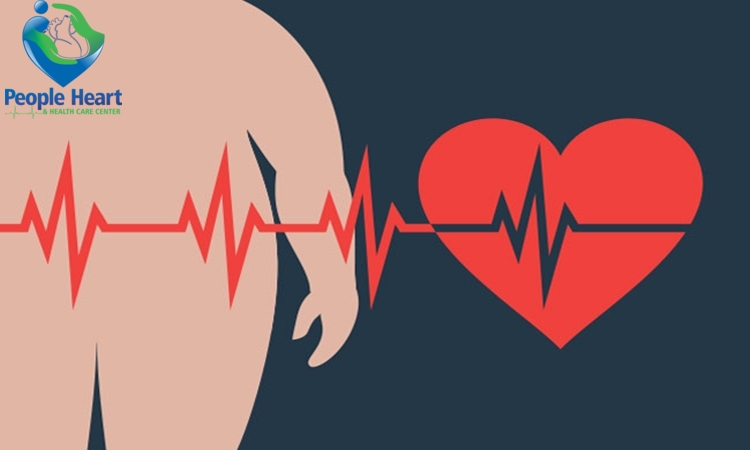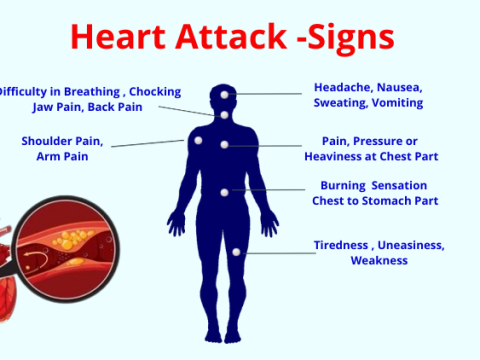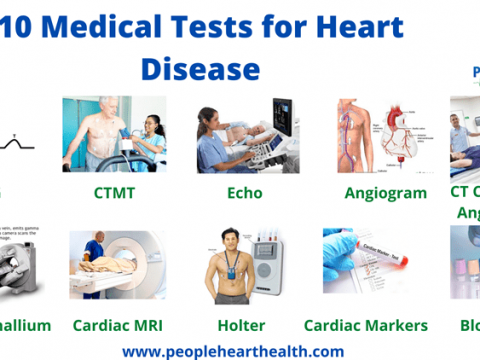
How Genetics Plays an Important Role to Our Heart Health
September 25, 2020
High Level of Blood Sugar is Harmful for Your Heart Health | Know How
October 2, 2020Obesity is considered as one of the risk factor for developing Coronary Artery Disease and Heart Failure.
In simple words obesity is “Excess body fat”.
How we can measure- what is normal and what is obese?
The simple answer is with B.M.I. – Body Mass Index. – Weight and height ratio. ((weight in kilograms/height2 in meters)) and Waist Circumference.
| B.M.I. Value | Obesity Level Interpretation |
| > 18 | Under Weight |
| 19 – 24.9 | Normal |
| 25 – 29.9 | Over Weight Not Obese |
| 30 – 34.9 | Obesity Class 1 (Low Risk) |
| 35 – 39.9 | Obesity Class 2 (Moderate Risk) |
| < 40 | Obesity Class 3 (High Risk) |
Your waist circumference is the measurement of your waist, measure just above your navel. It is a good predictor of stomach fat, a danger factor for heart disease. When waist size crosses 40 inches in man and 35 inches in women, risks multiplies.
Obesity affects the cardiovascular system by many means. Obese individuals have an increased total blood volume to meet the perfusion needs of the increased fat tissues.
This increase the cardiac output accompanied by a decrease in systemic vascular resistance in obese individuals.
Obese or Fat people require more blood to supply oxygen and nutrients to their bodies which causes an expansion in blood pressure. Obesity cause the heart to work much harder than a normal person. Increased cardiac output raises the blood pressure of body, High blood pressure is again a risk factor for developing heart blockage and sudden heart attacks.
increased body fat indirectly contributes to heart disease, “through promotion of sleep apnea, thromboembolic infection and onset or worsening of metabolic sicknesses that are major cardiovascular illness risk factors, including dyslipidaemia, type 2 diabetes and hypertension or high blood pressure
A longitudinal cohort study of 67,278 participants, half of whom were with obesity, discovered that those with obesity were fundamentally bound to have hypertension and diabetes. More than eight years of follow-up, obesity was strongly associated with a new diagnosis of atrial fibrillation after controlling for hypertension, age, gender, and diabetes.6 As of 2015, elevated BMI accounted for 4,000,000 deaths worldwide. An analysis of data from 3,310 patients in the TOPCAT study found that the risk of all-cause mortality was significantly higher in patients with heart failure with preserved ejection fraction (HFpEF) with abdominal obesity than in those without abdominal obesity. (Source of Para Cohort & TOPCAT study section is acc.org)
Written by: Dr. Chetan Sharma
EECP Specialist, Heart & Lifestyle Expert
Supported by Mr. Abhijeet Gautam
People Heart & Health Care Center has the best team of experts for eecp treatment in Jaipur





